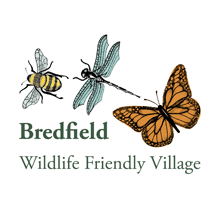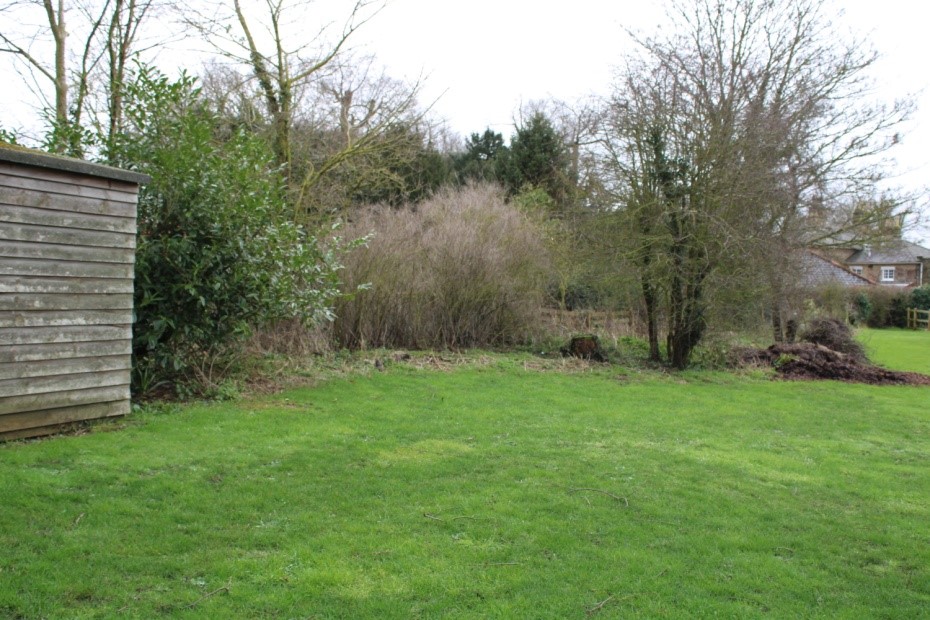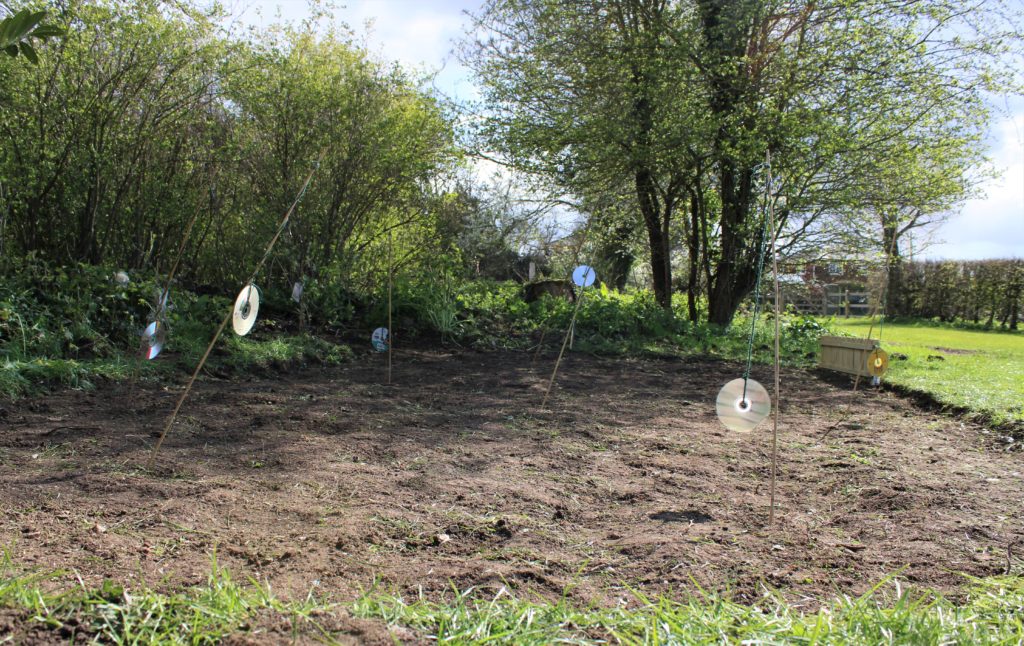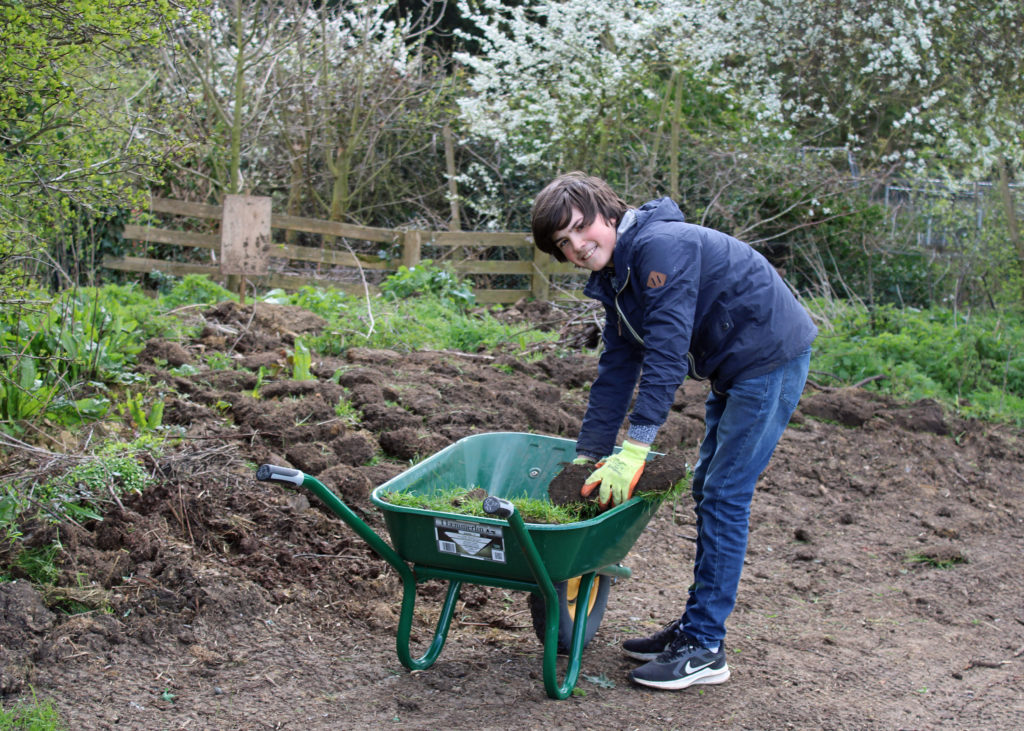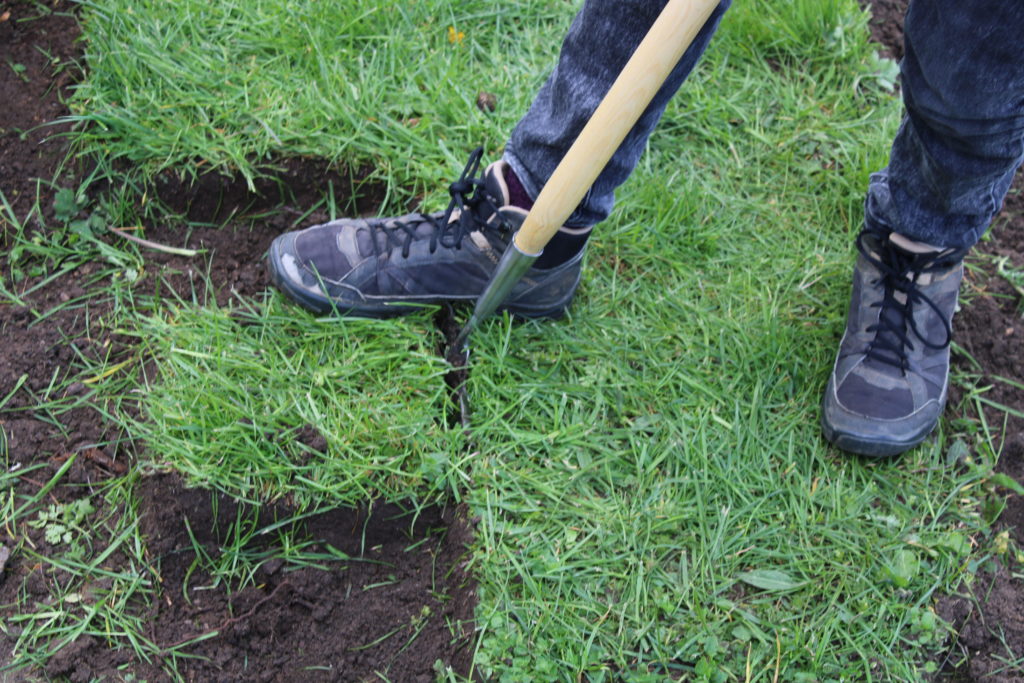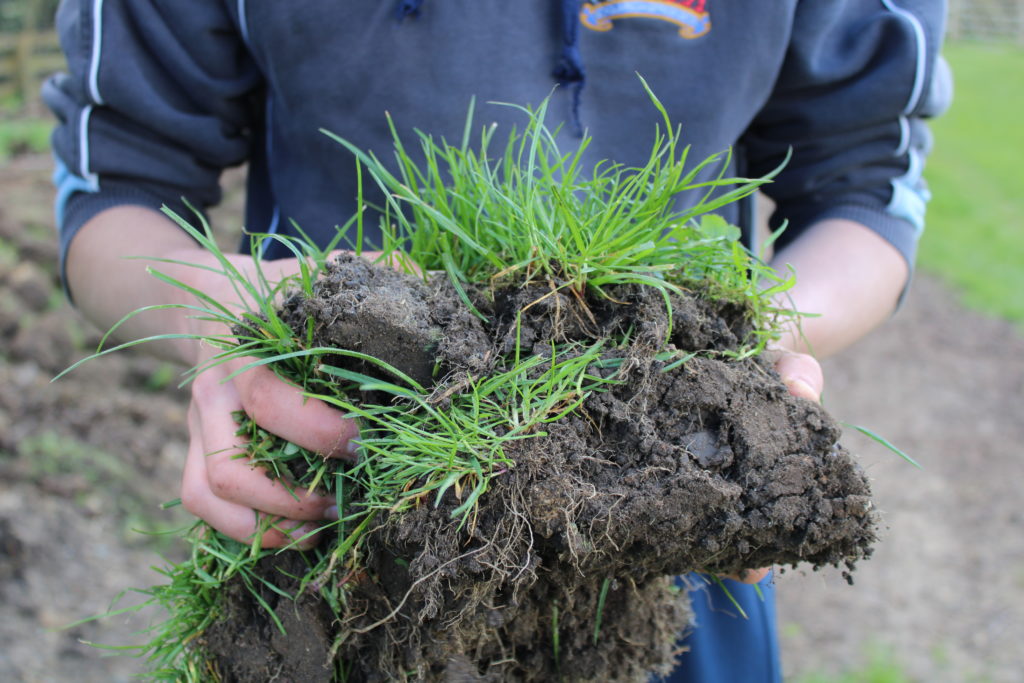Wildflowers! On the afternoon of Sunday 11th April, a group of six residents took their forks, spades, trowels and rakes to the grounds of St Andrews church, Bredfield, to clear a patch for wildflowers. There were three adults and three members of the next generation. The Parochial Parish Council has generously given us a small part of the church grounds for a wildflower area.
The best turfing techniques were used to clear the area of grass. After a light raking and flattening, a variety of wildflower and wild grass seeds were sown. Amongst the flower seeds are: Lady’s Bedstraw, Bird’s Foot Trefoil, Meadow Cranesbill, Knapweed, Selfheal, Tufted Vetch, Yellow Rattle and Perforated St John’s Wort. Amongst the wild grass seeds are: Crested Dogstail, three varieties of Fescue, and Highland Bent. This variety of pollinators will attract bees and butterflies, as well as a range of other insects. In future months, we’ll be monitoring what comes to the wildflower patch.
You shouldn’t expect an array of wildflowers to appear soon. Something will happen this year, but the best display of flowers will appear next year.
Thank you to all who helped – young and old. Thank you also to Nick and Helen, who kindly donated a couple of Buddleia. We’ve planted these on the low bank behind the patch, and soon butterflies will come to dine out on the flowers.
How church grounds should look and be landscaped is a matter of cultural importance. St Andrew’s has a broad swathe of grass at the front. This is the ‘look’ that people associate with the church and it should remain. Areas around the gravestones, where people visit family graves, need to be mowed to allow access. However, St Andrew’s church grounds are large enough to accommodate patches and corners which are more wildlife-friendly. It’s an achievable balance that can be replicated elsewhere.
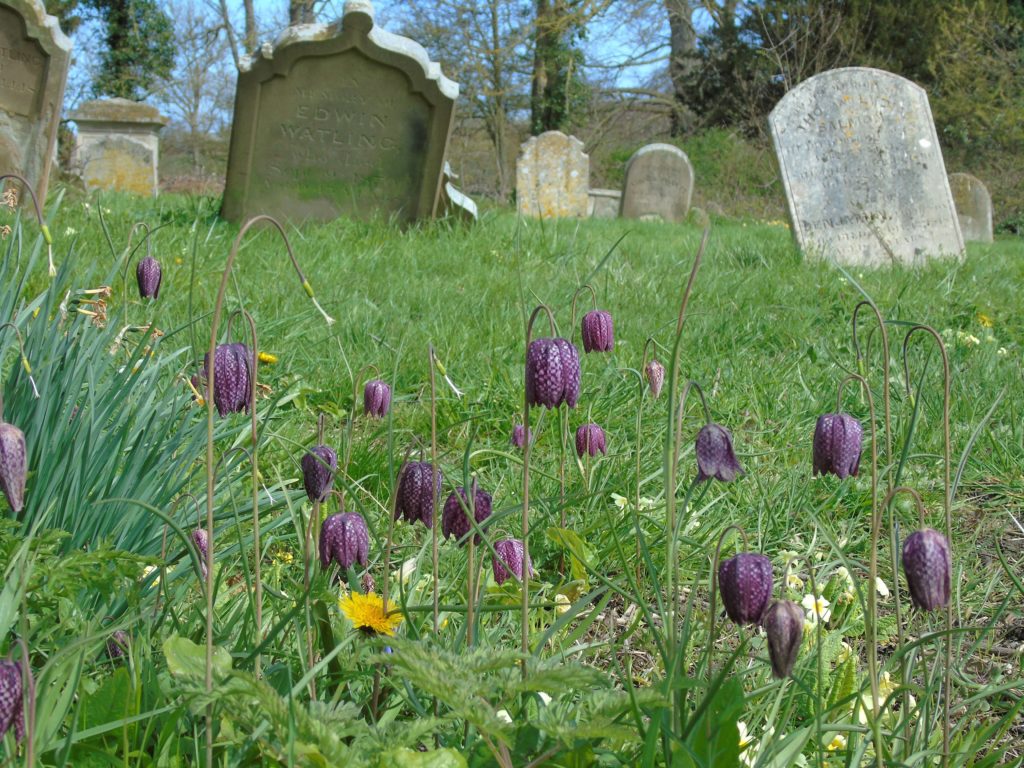
If you are interested in how this balance happens in other churches, here are two other east-Suffolk churches where, in different ways, the grounds are managed for wildlife: St Mary and St Peter’s church in Kelsale, near Saxmundham (see photo); and All Saint’s church in Sudbourne, near Orford, which is now one of the last refuges in Suffolk of the Wall Brown butterfly. To see what’s happening on a wider scale, visit the website of Caring for God’s Acre.
POSTSCRIPT
With the gift of hindsight, it was perhaps optimistic to think that we would end-up with a corner of St Andrew’s church strewn with a carpet of bright wildflowers. It didn’t turn out that way. We were reminded beforehand that sewing and establishing a nature-rich mini meadow is not an easy endeavor. So true! In its first Spring, the patch actually looked quite good, with a small area of flora attracting a good number of insects. With time however, nettles and other ‘imperialistic’ plants started to take over. Considering we were trying to aid something ‘wild’, it seemed unnecessary to ‘tend’ the patch. This was probably a mistake. We ended up with a ‘wild patch’, but not what we wanted and probably not what the community was led to expect. A learning experience though!
